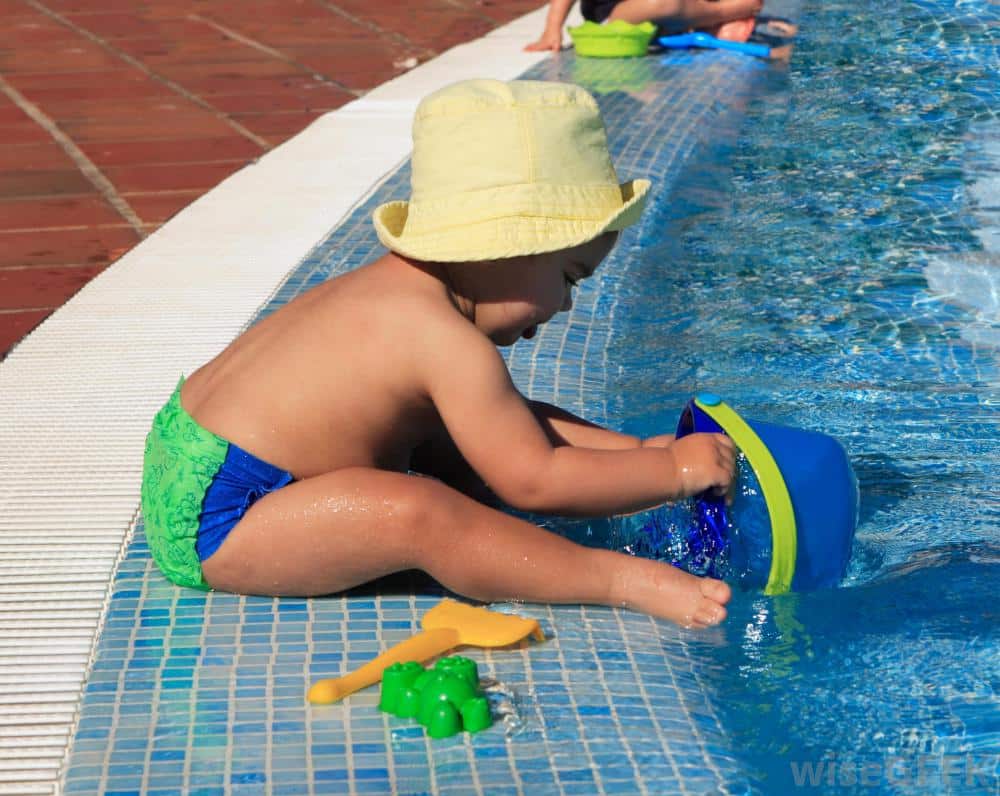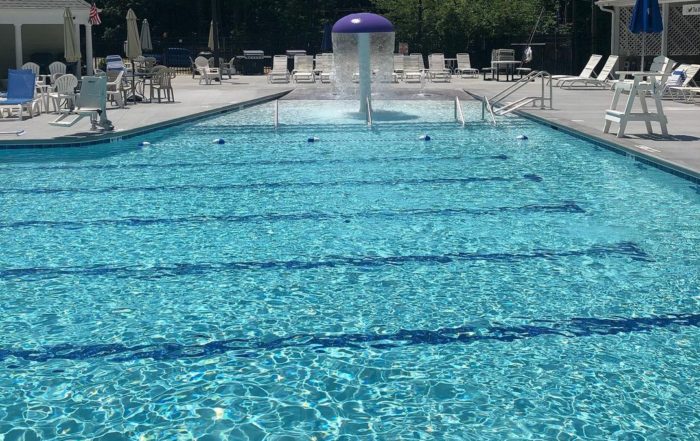POOL DROWNING PREVENTION

POOL DROWNING PREVENTION
Main drain entrapment pool drowning prevention, also referred to as suction or circulation entrapment, is a life-threatening occurrence. It can happen when a person’s body, clothing, jewelry or hair comes into contact with an improperly protected pool or spa suction outlet and the person is held down by the unseen force created by a pump that’s directly connected to the suction outlet. Many experts refer to it as the hidden hazard, because it is almost invisible to the naked eye.
The hold-down force of the suction is so extreme that it can prevent the rescue of the victim, no matter how strong he or she — or their rescuers — may be.
A LIFE SAVING LAW
According to a report by the U.S. Consumer Product Safety Commission (CPSC) on entrapment incidents from 1999 through 2011 associated with pools, spas and whirlpool bathtubs, there were 106 such incidents. Of those, there were 12 fatalities and nearly 90 injuries. One of these incidents, in 2002, led to new regulations when the seven-year-old granddaughter of then-Secretary of State James Baker III became trapped underwater by a direct-suction main drain and lost her life. The Virginia Graeme Baker Pool and Spa Safety Act enacted in 2007 requires that every swimming pool or spa drain cover in the U.S. conforms to certain entrapment protection standards.
Because suction entrapment can happen when a main drain’s grate is broken or missing, the legislation requires that pools with a single main drain (other than an unblockable drain) have a secondary layer of protection to prevent pool drowning prevention. These can be one of six options:
- A safety vacuum release system that causes the pump to stop operating, reverses the circulation flow or provides some other method of vacuum release when a blockage is detected.
- A suction-limiting vent system that has a tamper-resistant opening.
- A gravity drainage system, which utilizes a collector tank.
- An automatic pump shut-off system.
- A drain disablement system or device that disables the drain.
- Any other system that the CPSC has determined to be as effective as or better than the mechanisms listed above at eliminating or preventing the risk of injury or death associated with swimming pool drain systems.
THE BEST OPTION GRAVITY DRAINAGE SYSTEMS
Of the options listed above, only drain disablement and gravity drainage systems remove direct suction. Main drains for proper filtration and chemical dispersion are still required by a number of Health Departments, so if a pool has a main drain, gravity drainage is the remaining option.
Since 1977, when the North Carolina State and Department of Health mandated gravity drainage systems on pools, there have been no deaths or injuries due to entrapment in the approximately 31,000 public pools throughout North Carolina. In addition, the CPSC has not recorded any entrapment incidents on gravity drainage systems. The systems also provide benefits to pool owners and operators, since no maintenance or testing is needed to make sure that its anti-entrapment capabilities are functioning properly.
HOW ANTI ENTRAPMENT PREVENTS AND SAFES LIVES
North Carolina’s exemplary record of safety can be attributed to its gravity drainage system requirements, yet it is the only U.S. state with this mandate. Since implementation in 1977, over 30 lives have been saved by these systems. There is no question that these systems when properly installed and maintained make fatalities due to main drain entrapment an avoidable tragedy, and it’s past time for all other states to take action. It’s our hope that others in our industry take the lead and push for appropriate legislation nationwide.
Contact Aqua Operators for the safest operating systems on the market
Our gravity drainage systems meet the requirements of the Virginia Graeme Baker Pool and Spa Safety Act, and are the only type of secondary protection layer that removes direct suction from the suction outlet in a pool or spa with a main drain.

